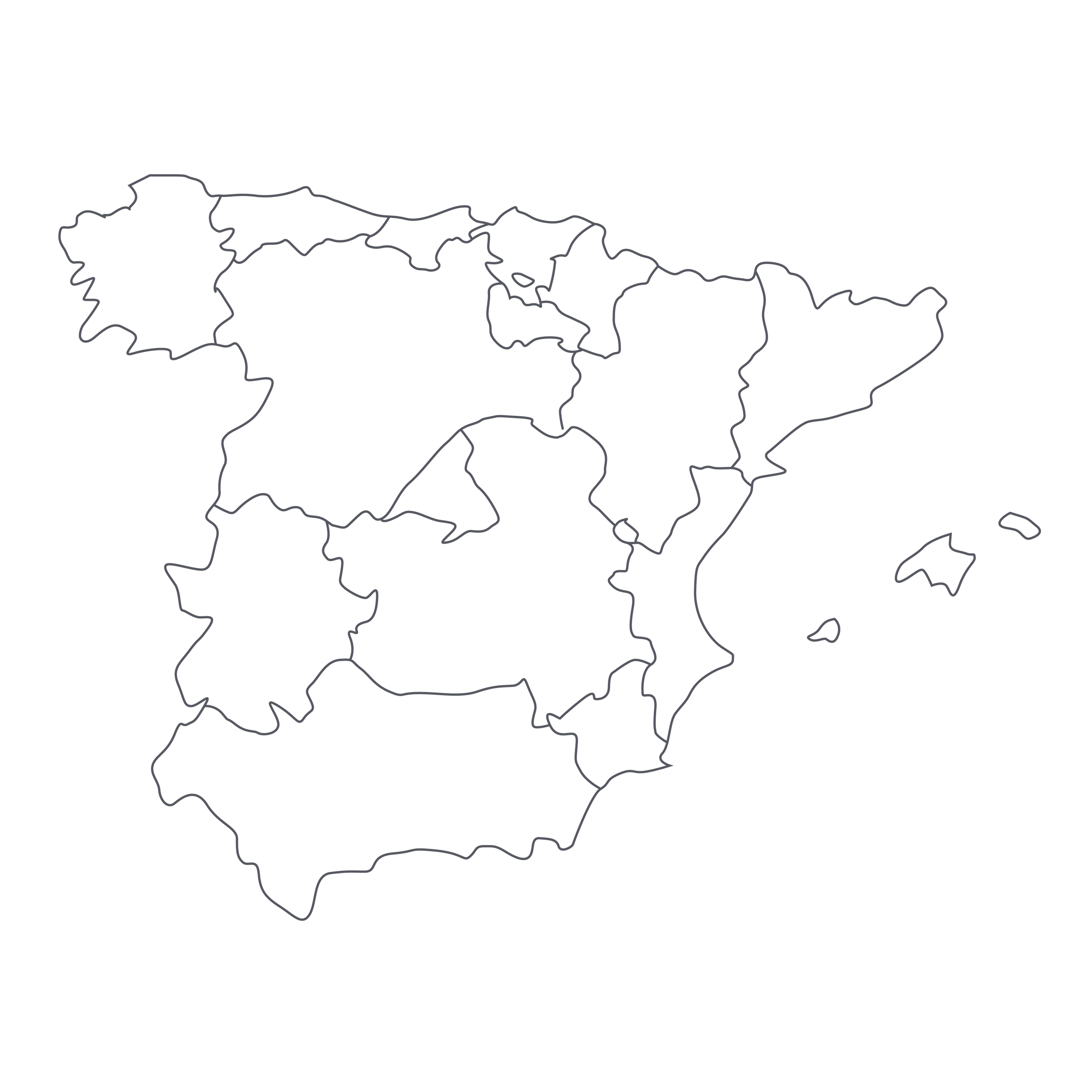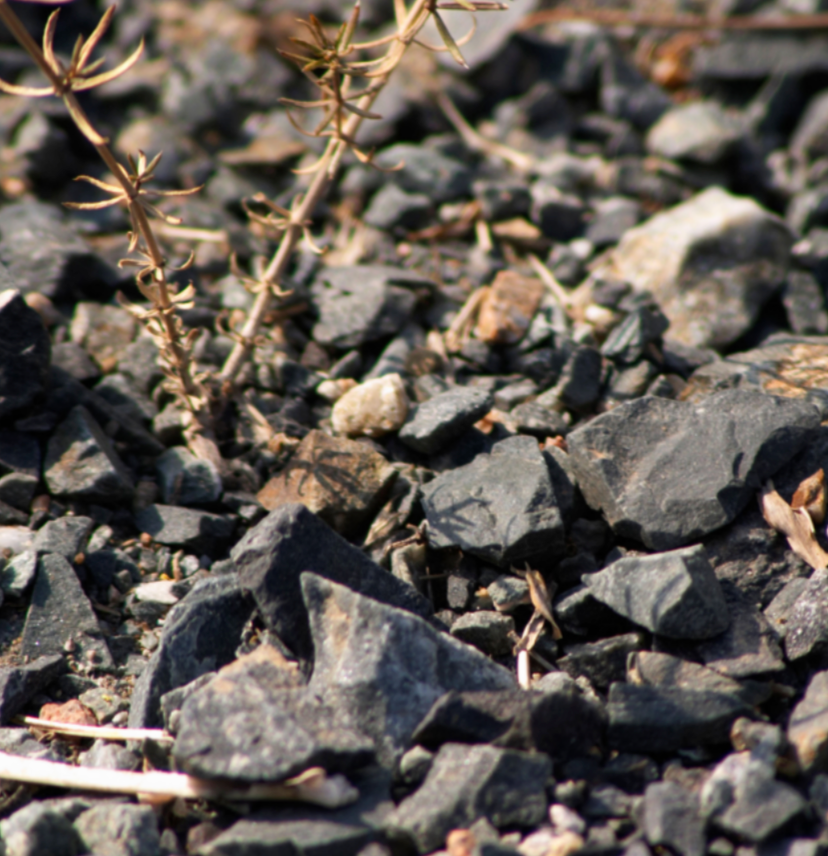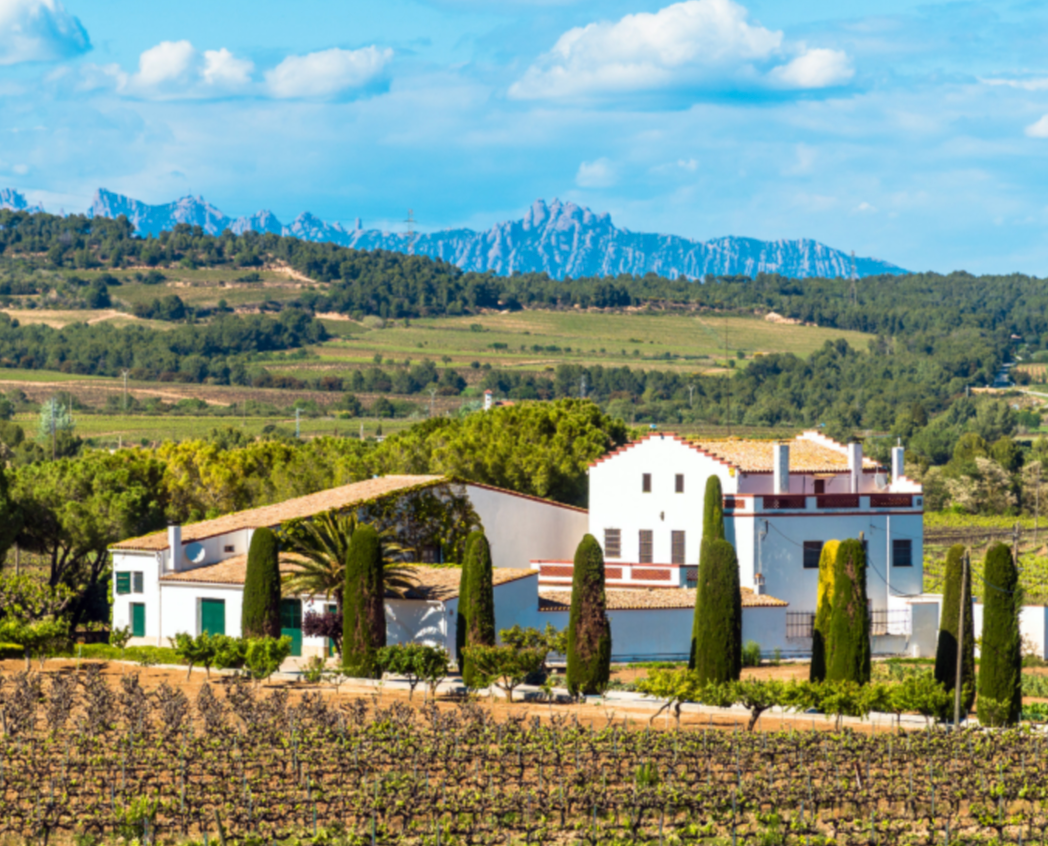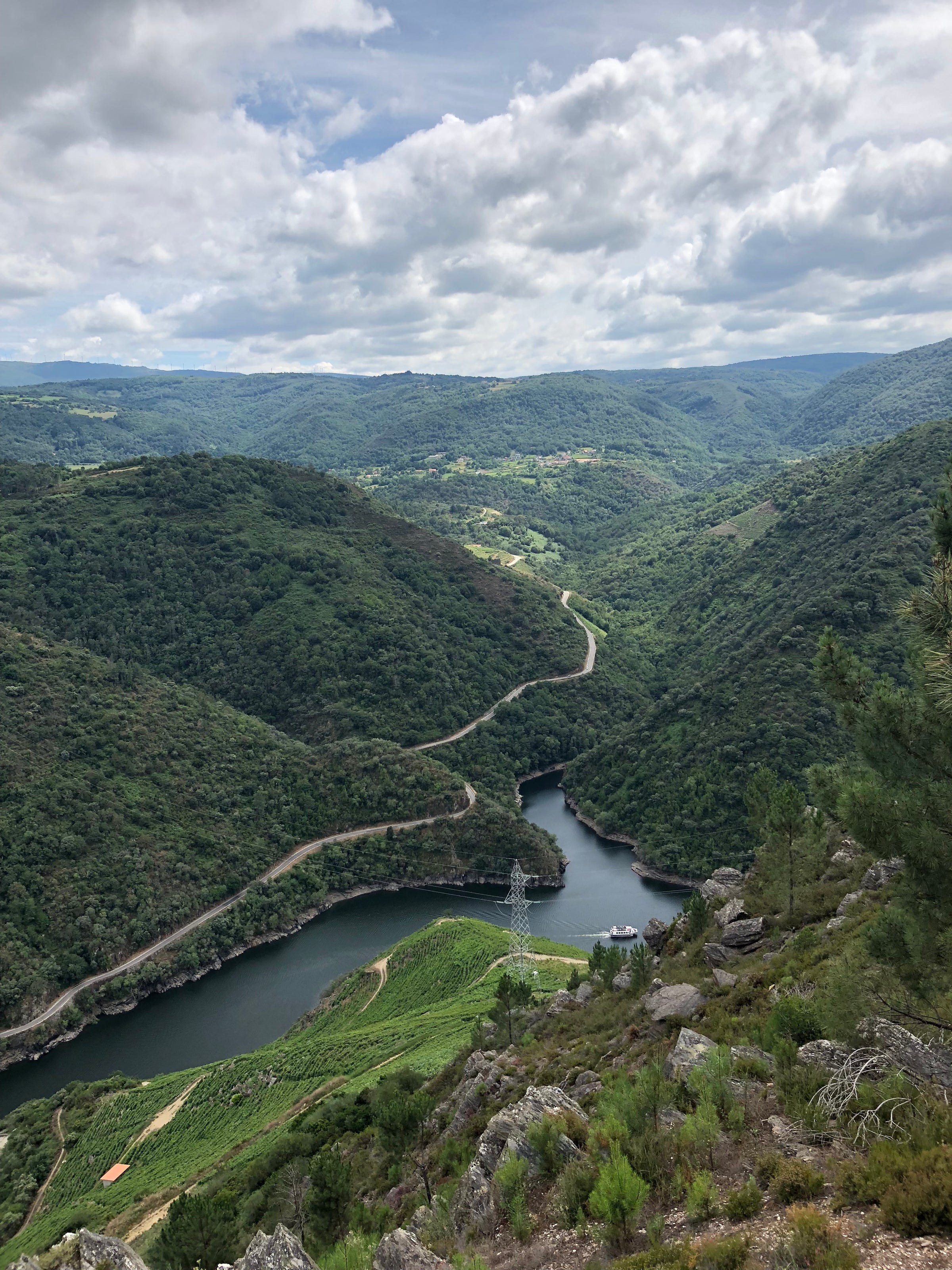Sommeliers and other wine industry professionals have been gobbling up the wines of Galicia for years—if you’re “in the business” and aren’t plugged into the exciting goings-on in appellations like Ribeira Sacra, Rías Baixas, and today’s region, Ribeiro, you’re way behind the curve. Every time I turn around these days, an incredibly talented and passionate producer like Bernardo Estévez seems to come out of nowhere and completely disrupt the established world order.
If that sounds far-fetched to you, taste Bernardo’s “Chánselus Castes Brancas” and tell me it isn’t a world-class white wine. It’s a fascinating field blend of old-vine fruit grown in granite, from family-heirloom vineyards that Bernardo—like so many of his Galician contemporaries—has rediscovered and revitalized with passionate biodynamic farming. When I first got into wine, not much was being said about Galician wine, white or red—but everyone’s talking about it now, and for good reason. This isn’t just a “feel-good story” about a new generation re-connecting with their land and heritage: This is the story of a producer, and region, claiming a well-deserved spot on the world stage. “Chánselus” is a fascinating, game-changing melding of sumptuous Burgundian texture and saline, coastal-white vibrancy. Only a few hundred cases are made, so take your shot now before this becomes the wine world’s next “allocated” item, never to reach the masses again...
Situated between Ribeira Sacra and Rías Baixas, Ribeiro is in the heart of the Galician wine zone, only 12 miles north of the Portuguese border and 30 miles inland from the Atlantic Ocean. This is not the sun-blistered Spain of Rioja and Ribera del Duero: Galicia is “Green Spain.” It is cool, rainy, and highly influenced by the ocean. Over 90% of the production in Ribeiro is dedicated to white wine, showcasing unique local varieties such as Treixadura, Loureiro and Lado, planted on the steep slopes of the area’s four rivers (ribeiro is local dialect for riverbank). The region has a rich history in winemaking dating back 10 centuries, and it was long considered the best white wine region in Spain—perhaps contributing to it being the first DO registered in Spain in 1932. Right at this time though, a perfect storm of disease, war, and industrial farming all contributed to the deterioration of the winemaking traditions of the region. Luckily the last 20 years has seen a generation of winemakers dedicated to the region’s native grapes—rescuing old vineyard sites and replanting others, combining time-honored traditions with modern winemaking knowledge.
The term garagiste could be applied for multiple reasons to Bernardo Estévez. Not only is the scale of his production minuscule (Bernardo’s tiny cellar is located under his house), but he came to winemaking after previously working as an auto mechanic. After commuting from nearby Vigo for years to help tend his family’s colleiteros (small plots of vineyards), Bernardo moved to Arnoia in 2009 to work the vineyards full time. Now he is considered one of best producers in Ribeiro, blessed with vineyards once tended by his grandfather—including some plots nearing 100 years of age.
For the type of wines he wants to make, the vines demand incredible care and attention. With only three hectares of vines spread across five subzones, Bernardo works all of his land by hand himself, using organic and biodynamic practices—including infusion treatments he produces at home. Soils here are a typical assortment of granite in sand interspersed with quartz. Bernardo labels his wines with the name “Chánselus”—meaning “soil and light”—as he believes these are the two main components to the quality of his wines. Today’s offering is his main white wine, a field blend of mainly Treixadura and Lado, along with other native varieties Silberilla, Godello, Albilla, Loureira, and Verdello Antiguo.
Using a small vertical basket press, the field blend mix of grapes are pressed as whole clusters directly into a combination of neutral 500L French oak barrels and 1500L chestnut foudres (from Bernardo’s grandfather) to start indigenous yeast fermentation. It ages 9-10 months in these barrels before bottling, after which Bernardo waits at least 14 months before release. It’s hard to believe this is a ’15, given its vivid fruit and freshness, but that’s what great white wines do—they challenge perceptions. I recommend serving this wine at 45-50 degrees in Burgundy stems as it may take a few minutes for all the layers of aroma to be coaxed out. After 15 minutes, the nose rings out with marzipan, pear, orange marmalade, green papaya, and white flowers. On the palate, there is a lovely combination of white peach, candied ginger, sea salt, and lime oil. This wine is so versatile with food (one of the reasons I love it) but seafood is the obvious pairing, perhaps a white fish crudo or seared octopus. Either way, you can’t go wrong with this wine. Cheers!





